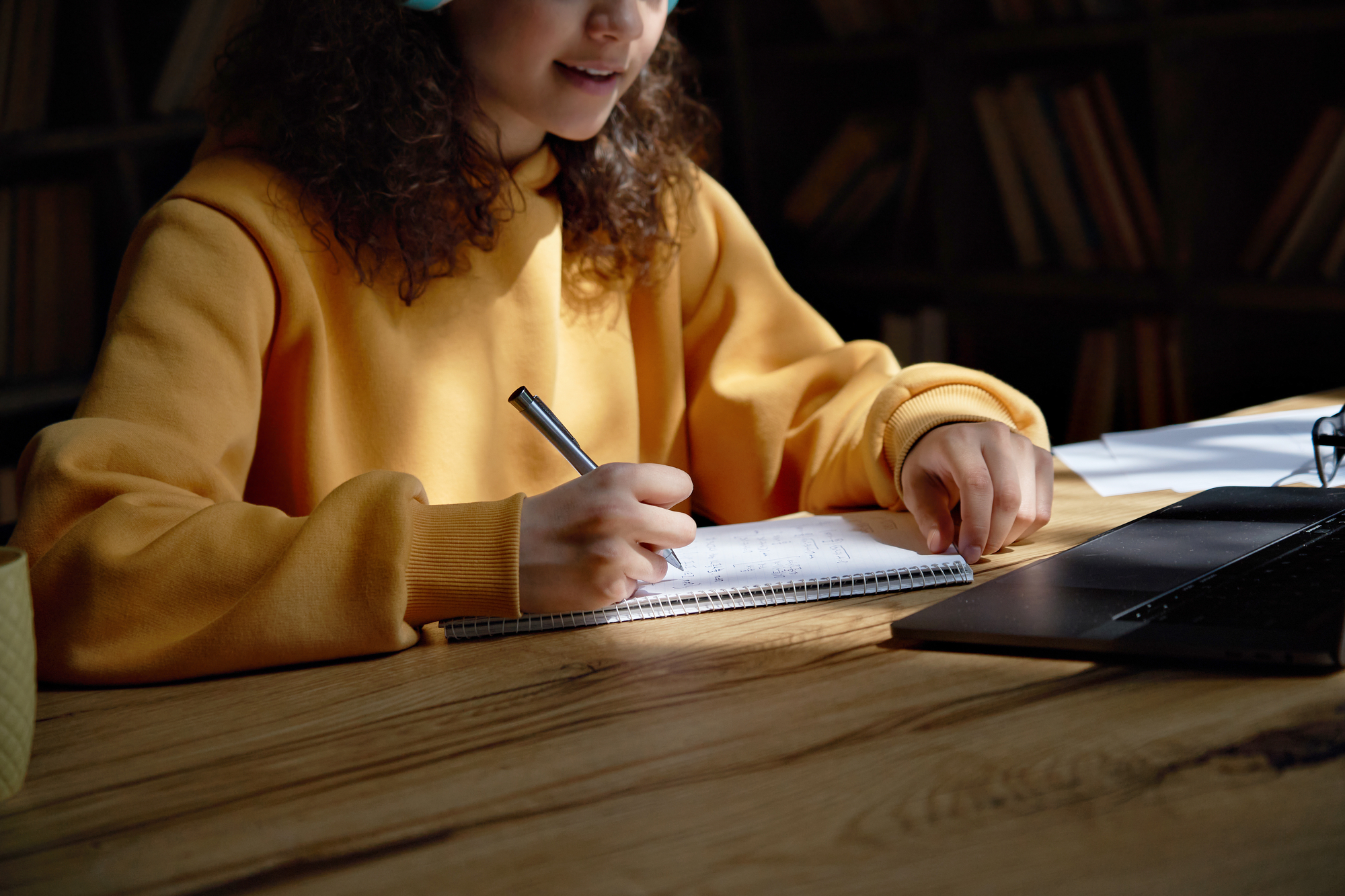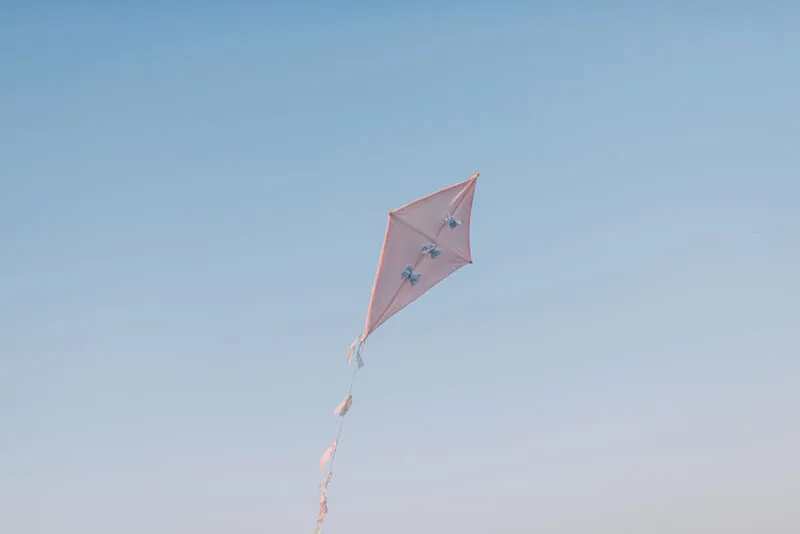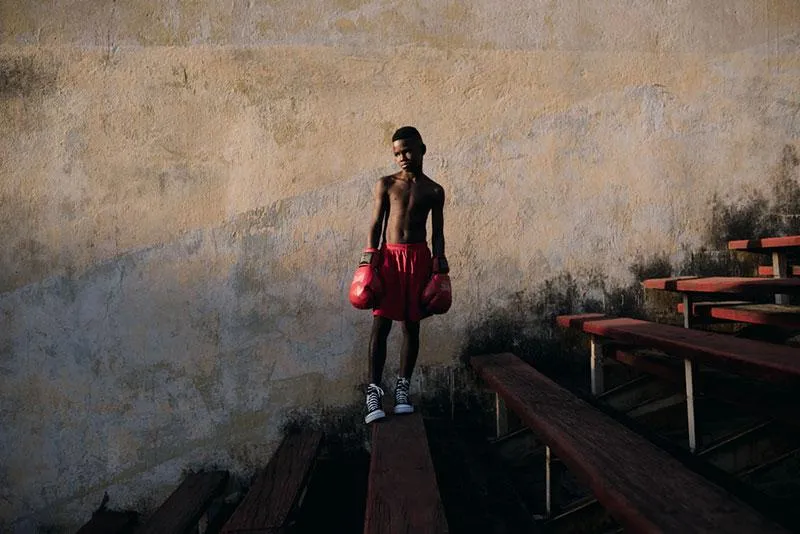Exploring Therapeutic Photography: How Your Camera and Hobby Can Help You Heal
Sometimes photography can be more than just a hobby or an art form. Photography can also be quite therapeutic for you. In the mid-70s, when mass production of small amateur cameras was gaining momentum, psychologist Judy Weiser coined the term phototherapy to describe the effect that photography (and other actions with photos) have on individuals. In brief, photography has been proven helpful in combating depression, stress, phobias, anxiety, and low self-esteem.
Today, the internet platform created by Judy Weiser is a rich source that exists as evidence for the healing powers of photography. An interesting resource is also The One Project, a website and app dedicated to embracing traumatic experiences through therapeutic photography and storytelling.
We thought about this aspect during the lockdown period and invited professional and amateur artists to join the #lockdownart challenge. Photographers had a platform to share their photos created during this difficult period as a way to also show that that art and creativity can’t be taken away from them even with tough lockdowns. For many, it was also a kind of escape that helped battle the difficulties and focus on artistic expression.
In this article, we wanted to cover the important topic of therapeutic photography and phototherapy, which can help you improve your quality of life. Learn some techniques that you can try to see your hobby as another tool where you can be your own support.
Therapeutic photography and phototherapy. What’s the difference?
Let’s start with an introduction to therapeutic photography. This is a sort of self-therapy, which includes taking pictures, publishing them, discussing them with other people, and reflecting on your own archival photographs as well as those of others.
Some (but not all) therapeutic photography practices can be called art therapy. For example, these include creating collages from photographs and going outside with a camera in search of images that reflect your inner world. Such actions shouldn’t be guided by a therapist as they are rather self-expression exercises than therapy.
The research conducted 3 years ago at Lancaster University confirmed that daily photography routine and posting images online improve respondents’ quality of life in areas such as socialization, self-care, and the potential for reminiscence. Another study found that people who regularly take selfies feel happier than those who don’t.
In turn, phototherapy is a type of therapy that patients can only undergo under the guidance and supervision of a psychologist, psychotherapist, or psychiatrist. It is widely used in psychological rehabilitation and support groups. An example of phototherapy: an exercise in which patients take pictures of something they can’t describe in words or something that is painful for them to talk about.
What mental health aspects can you improve with this type of free therapy?
The advantage of therapeutic photography over other art therapy approaches is that it is more accessible to people with severe mental disorders. For example, people with depression or anxiety disorders sometimes can’t bring themselves to pick up paint and brushes. Taking photographs requires less effort and special skills. It’s enough to be curious and open to the possibility of this technique helping you.
Photography and work with photographs can be useful to you or your friends if you’re struggling with the following:
— Depression and anxiety
— Traumatic experience
— Low self-esteem
— Social phobia
— Fears and complex phobias
— Stress and lack of concentration
— Low motivation
Why does photographing, posting, and discussing photographs help us cope with these and other mental challenges? It can be an outlet for creativity when you feel like you have none.
First, a workflow with using a camera to take pictures has a meditative and calming effect, and posting photos on Instagram is a controlled communication at a safe distance. Second, creating something new from nothing brings pleasure to us (the neurotransmitter dopamine is released) and helps us to train our brains through growing new connections. Third, photographs allow us to reflect on topics that are difficult or impossible to talk about (like traumatic experiences).
Therapeutic photography is not just for those that are facing mental health issues. Practices of this kind prevent mental illness and improve the quality of life in general. For example, regular photography practices help us master self-expression and as a result, they make our communication with others more comfortable and raise our psychological resiliency.
5 photography self-therapy ideas to apply for a better life
What you need: any camera, notebook, social media account (optional), comfortable clothing if you’re heading outside, at least 10 minutes of free time daily
Although phototherapy requires a qualified supervisor, therapeutic photography is a preventive practice that anyone can do to improve their lives every day. You can even start today. There are 6 activities that can benefit your mental health:
— Taking pictures
— Editing photos
— Viewing old photos and reflecting on them
— Showing images to others
— Discussing photos
— Exchanging feedback
If you devote time to these activities, perceiving photography as a tool and not a form of art, you will already benefit from them over time. We compiled a list of therapeutic photography exercises that will help you with an easy start if you’re interested in this type of self-therapy:
#1 Respond to annoying thoughts by taking photos
Can’t get rid of an obsessive thought or state of mind? Pick up your smartphone or camera and try to take a photo that conveys your state of mind. Strive to ensure that your therapeutic photo session is like a flow and absorbs all your thoughts. Try to find a visual metaphor not only for the unpleasant situation you think about but also for its possible results.
#2 Take selfies daily and show them to others
Taking self-portraits can be helpful because it boosts our self esteem. This is particularly true if we apply a more creative and artistic touch to reflect how we perceive ourselves. Selfies help us accept and take better care of ourselves, as well as get to know ourselves better. In the long run, selfies can be a tool for exploring your personal transformations. Commit to take a self portrait once a day for at least two weeks and you will be surprised how much you’ll learn about yourself.
#3 Take pictures of things you feel negative or positive emotions towards
People are not always conscious of what is bothering them and why. Our brains tend to repress negative experiences and protect us from traumatic memories (although they can be the cause of complexes and phobias). Taking photographs of objects you have an emotional connection to can help you recognize, accept and neutralize experiences. More often than not, they are connected to childhood.
#4 Write stories based on your last snaps
The One Project’s community enhances the positive impact of photography through storytelling techniques. And this is a very powerful strategy indeed! While photography helps us sublimate our experience and start talking about it as something separate from us, words give us a chance to recognize our feelings and find solutions. Take a photo while walking down the street today and once you’re home, write down whatever comes to mind when you look at it.
#5 Create your photo map
Self exploration through photography is a fun practice that can also involve others. Invite your friends, family members, or neighbors on a photo tour around your neighborhood or along a route that is familiar to you. Take pictures of everything that caught your attention, and then draw a map of your journey, noting which sections of the path were pleasant for you and what you thought about when you crossed it.
Final thoughts
Therapeutic photography is available to everyone, regardless of their professional level, equipment, and creativity. However, all of these aspects can be boosted by devoting at least ten minutes a day to practices in which photography will become a healing tool for you. Don’t focus on the end goal because this is a journey.
An important element of therapeutic photography is sharing your photos with someone that will understand (friends or communities) or describing them in words as you reflect on your work. The writing and reflecting aspect of this technique can also prove to be very helpful if you have trouble communicating your thoughts and feelings with words.
Sometimes spontaneous hobbies can turn into passion projects. Keep in mind that your unique photographs can also be part of your portfolio. We always welcome photographers from all paths of life, and especially those that want to keep exploring the world and shed light on important contemporary issues.












